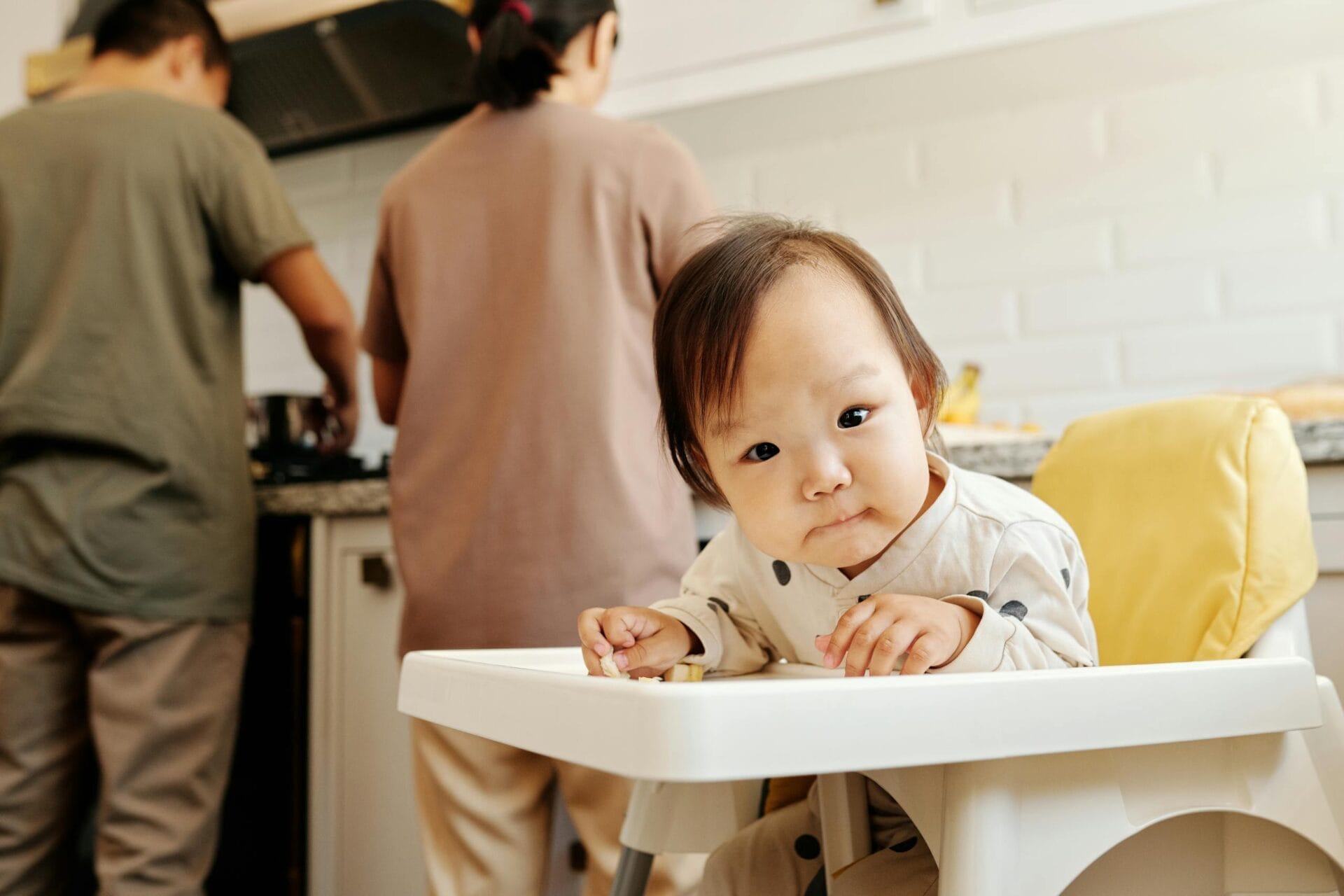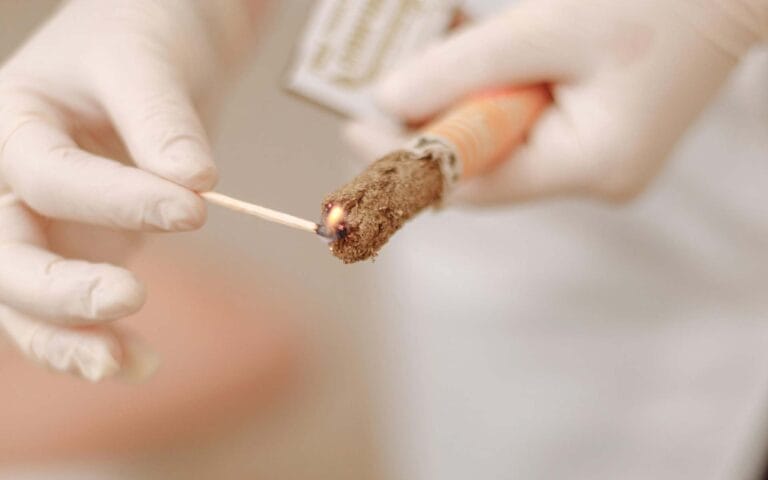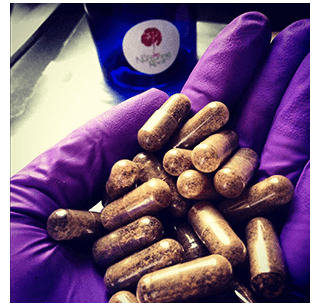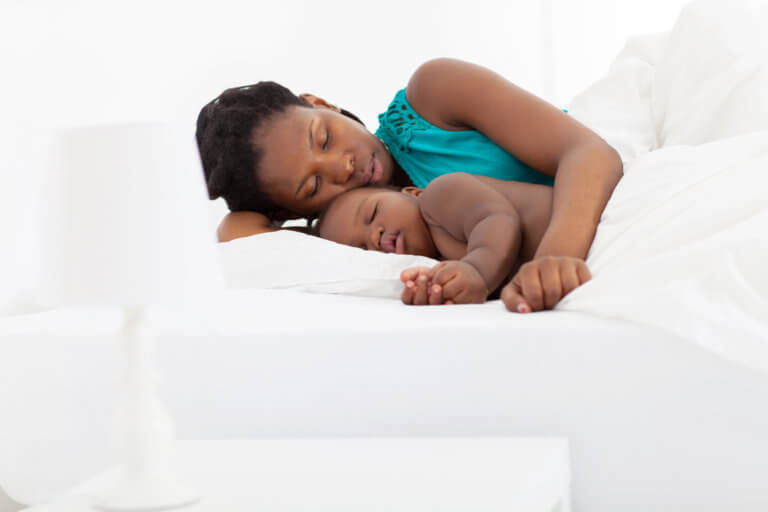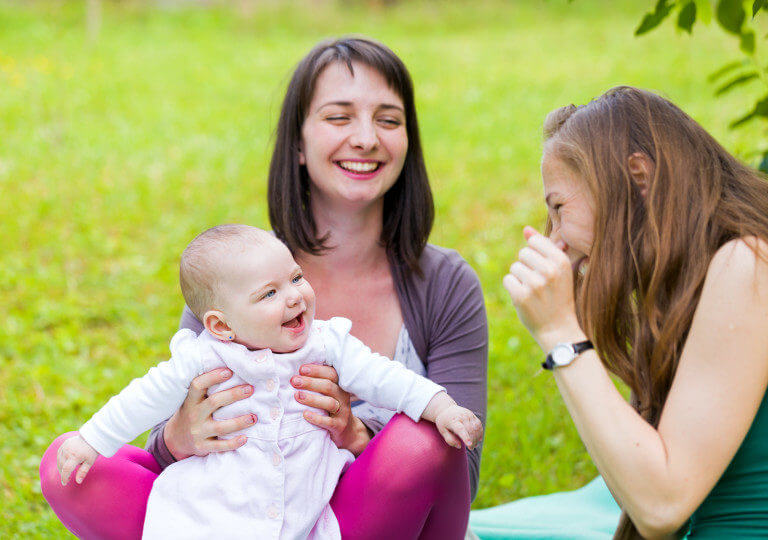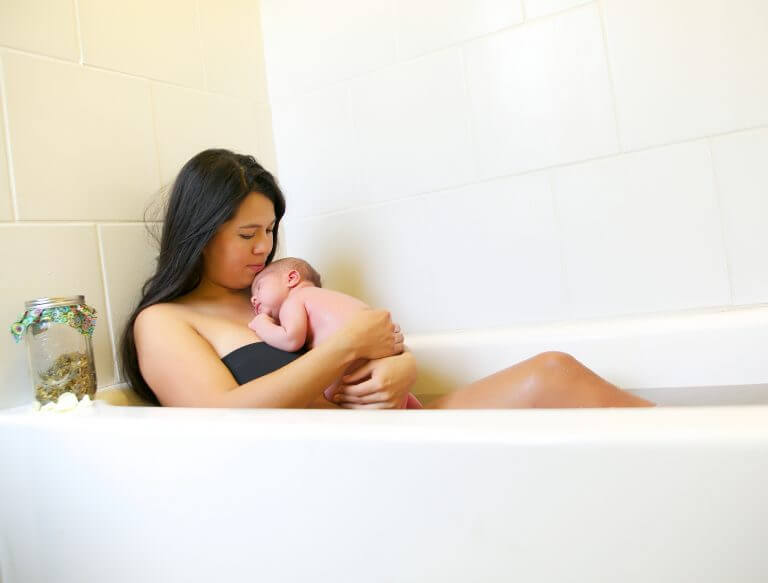5 Popular Pieces of Baby Gear You Can Do Without
If you’re expecting your first child, you’ve likely started a baby registry. This can be both a fun and daunting task. Without having your baby here, how exactly are you supposed to know what baby gear is needed and which products you’re better off passing up? Look no further. I’m going to give you a list of five very popular baby registry items that truly are unnecessary, some are even considered unsafe.
Baby-Specific Laundry Detergent
If you’re seeking a gentle detergent for your baby, it’s likely your favorite brand has a
hypoallergenic, fragrance-free laundry detergent available. Most brands of laundry detergent offer this option and all are less expensive than brands like Dreft that sport a much larger price tag solely because new parents are willing to pay more for what they believe is “best for baby.”
Simply by avoiding baby-specific detergents, you can save quite a bit of money while still providing a safe washing alternative to conventional, highly-scented, often high-allergen laundry detergents. Truthfully, the “free & clear” detergents are actually a better choice for the whole family since artificial fragrance has been linked to a wide variety of health issues no matter one’s age.
Bumbo
The Bumbo seat and other brands like it allow baby to be in an upright-seated position before baby is naturally able to sit unsupported on her own. Many parents may view this as a positive thing to help baby learn how to sit upright or to develop the muscles necessary to reach this milestone more quickly. However, it seems the opposite is true. Propping a baby into this position at a time when his body has not organically achieved the muscle tone to do so, could have a negative effect on baby’s core strength and in some cases could even delay or hinder baby’s natural trajectory to meet this milestone. A better and free (yay!) option is to allow baby ample time on both back and tummy so that all muscles are getting a solid workout in a natural way, allowing baby to reach this development in her own time.
Large reclining high chair
This common-style of high chair is not only large and awkward, difficult to store, and often in the way, it’s also totally unnecessary. The main purpose of a high chair is to facilitate feeding solids foods to your baby. The latest recommendations for introduction to solids include waiting for baby to show signs of physical readiness, one of the most important signs being the ability to sit upright unsupported. If one is waiting until baby is physically capable of doing this, the reclining option on the seat is negated, leaving this type of seat largely pointless. A simple booster seat with a tray that straps to an existing dining chair or a seat that latches directly to the table are both far less expensive and take up far less space than does a traditional stand-alone, reclining high-chair.
Bucket Car Seat
I know, I know, this is a tough one for people to swallow because it seems like such a high- priority item. However, with convertible car seats available that are made to hold brand new infants up through older toddlers, if money-savings is at all a thought for you, skipping the infant- carrier/baby bucket type car seat is a great option! Many people lean toward this handled car seat because babies sleep so much in the first few months. It’s thought to be a no-brainer that you can just carry baby from car to destination and leave baby sound asleep without disturbance. However, the latest information and recommendations warn against babies
sleeping in this type of seat other than when in-transit since the positioning is not ideal and can pose a risk to baby. Taking away the convenience of keeping a sleeping baby asleep once no longer in a traveling vehicle, really seems to greatly decrease the appeal of this type of seat. You may now wonder what one would do with a baby in a grocery store for instance or out at a social event if there isn’t a car seat to keep baby contained. This is where babywearing really comes in handy and is often less cumbersome than lugging around an infant in a heavy car seat.
‘Smart’ Monitors
With all the hoopla surrounding the many smart-monitors available now, it seems parents are flocking to these pricey products in the hopes of preventing SIDS or other potential health issues. The problem with these is that they haven’t been shown to reduce or prevent either of those scenarios nor have they been approved by the FDA. A study done in 2017 shows that false alarms are common while actual potential issues for oxygen saturation or heart-rate were sometimes not detected at all. Doctors are warning parents not to rely on these physiologic monitors since their effectiveness is questionable and could cause parents either undue distress
or an assurance everything is fine when perhaps it is not. It seems that outside of a true medical need for constant oxygen/respiration monitoring, which should be done with only hospital-grade machinery prescribed by a medical professional, this type of monitoring is not needed at all and should not be viewed as a guaranteed accurate measure of baby’s state of physical well-being.
With baby items, like anything else, most of what is sold is unnecessary. Babies, particularly young babies, require very little in the way of material goods and a great deal in the way of physical nurturing and emotional support. If you don’t have the desire for or cannot afford all the latest gadgets marketed to new parents, take heart, you and your love for baby are what is needed most and that cannot be purchased!

